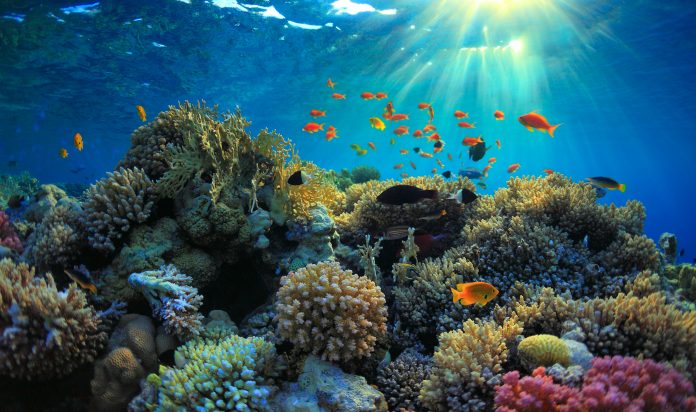Researchers have revealed a significant increase in the extinction risk facing marine teleost fish species worldwide
According to a study published in the open-access journal PLOS Biology, scientists from the MARBEC Unit in Montpellier, France, report that 12.7% of these species are now at risk of extinction. This marks a fivefold increase from the previous estimate of 2.5% by the International Union for Conservation of Nature (IUCN).
Fish species at risk
The study, led by Nicolas Loiseau and Nicolas Mouquet, used advanced computational models to predict the extinction risks of nearly 5,000 marine fish species that lacked sufficient data for an official conservation status from the IUCN.
These species, categorised as Data-Deficient, have long posed a challenge for conservation efforts due to limited information.
The researchers employed a combination of machine learning and artificial neural networks, trained on extensive data including species occurrence, biological traits, taxonomy, and human uses. This innovative approach allowed them to classify 78.5% of the Data-Deficient species as either Non-Threatened or Threatened, with a notable increase in predicted Threatened species, from 334 to 1,671.
Species identified as at-risk tended to exhibit characteristics such as small geographic ranges, large body sizes, and slow growth rates. Habitats in the South China Sea, the Philippine and Celebes Seas, as well as the west coasts of Australia and North America emerged as hotspots for these Threatened species.
Nicolas Loiseau highlighted the significance of these findings, emphasising that “Artificial Intelligence (AI) enables the reliable assessment of extinction risks for species that have not yet been evaluated by the International Union for Conservation of Nature (IUCN).”
Identifying threatened species
Despite the advancements in predictive modelling, the researchers caution that AI models cannot substitute direct evaluations of at-risk species. However, they propose integrating these new findings into a synthetic index termed ‘predicted IUCN status,’ which could complement the existing conservation framework by providing rapid and cost-effective assessments of extinction risks.
The implications of this study are deep for global marine conservation efforts, urging policymakers and conservationists to reassess priorities and allocate resources effectively. As climate change and human activities continue to impact marine ecosystems, proactive measures based on accurate data and advanced technologies are crucial to safeguarding the biodiversity of our oceans.
With ongoing threats intensifying, the a need to prioritise research, expand conservation initiatives, and using AI-driven insights to mitigate the escalating risk of extinction facing marine teleost fish species worldwide.











